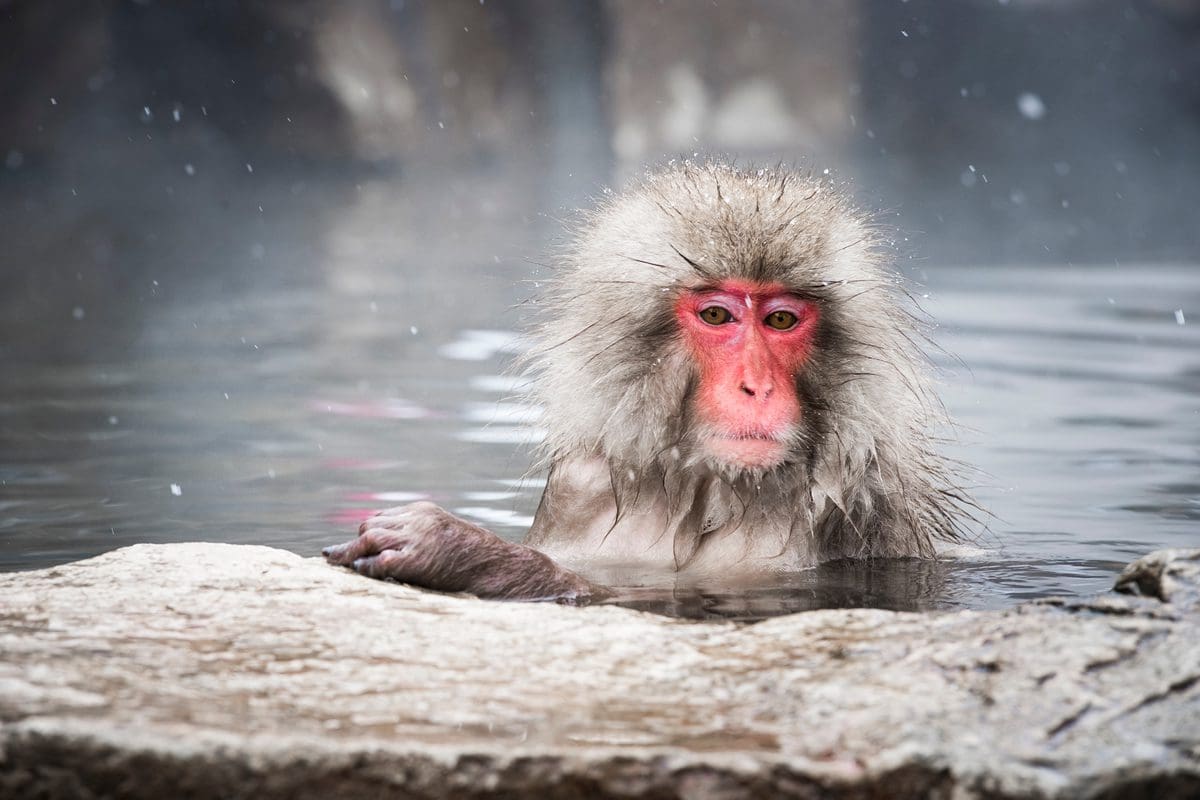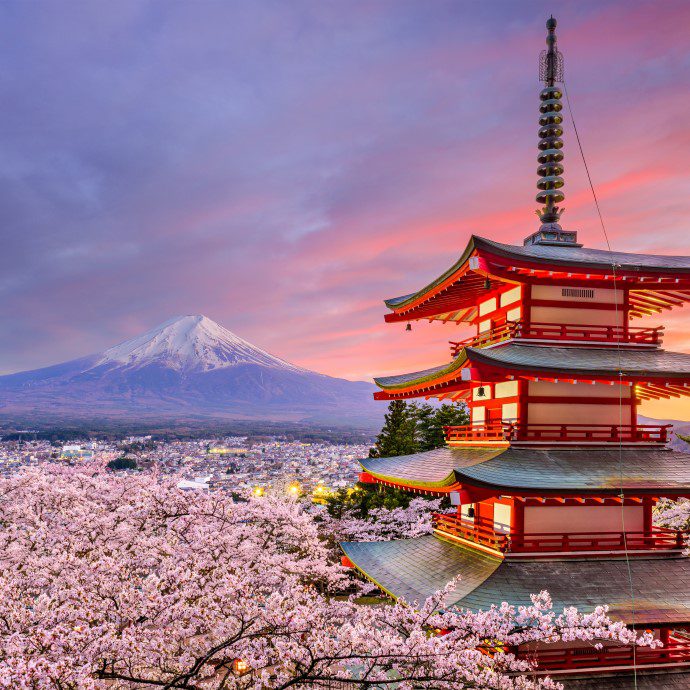When to Visit
Below gives you information and a rating of the best time of year to visit.
January
Tokyo experiences cold but generally dry weather. It's a great time for winter sports in regions like Hokkaido and the Japanese Alps. The New Year's celebrations are significant, but some attractions may be closed during the early days of the month. Coastal and southern areas like Okinawa are milder.
February
February remains cold, particularly in northern regions. It's a prime time for winter activities and enjoying snow festivals, such as the Sapporo Snow Festival. Tokyo is quieter after the New Year, making it a good time for sightseeing with fewer crowds.
March
March marks the beginning of spring, with the weather gradually warming up. The famous cherry blossom season starts late in the month in southern areas like Kyushu and begins moving north. This period can be crowded, especially in popular hanami (flower viewing) spots.
April
April is one of the best times to visit Japan, with cherry blossoms typically in full bloom across much of the country, including Tokyo, Kyoto, and Osaka. The weather is mild and pleasant, perfect for outdoor activities and sightseeing. However, expect large crowds and higher accommodation prices.
May
May offers warm weather and beautiful greenery as the cherry blossoms give way to fresh foliage. It's a great time for outdoor activities and visiting gardens. The first week of May includes Golden Week, a major holiday period, which can be busy and more expensive.
June
June marks the beginning of the rainy season (tsuyu) in much of Japan, including Tokyo, resulting in humid and wet conditions. While this can dampen outdoor plans, it's a less crowded time to visit. The northern regions like Hokkaido are less affected by the rains.
July
July is hot and humid, with the rainy season continuing into the first half of the month. It's the start of summer festivals and fireworks, such as the famous Gion Matsuri in Kyoto. Mountainous regions and Hokkaido offer cooler escapes. Coastal areas like Okinawa become popular for beach activities.
August
August is very hot and humid throughout Japan. It's a popular time for festivals and events, including Obon, which can lead to crowded travel. Beach destinations are ideal during this time, while the mountains offer a cooler climate. Expect peak tourist levels and higher prices.
September
September remains warm but begins to cool down towards the end of the month. The typhoon season can bring heavy rain and storms. It's a transitional period, with fewer tourists after the summer rush. Early autumn foliage can be seen in the northern regions like Hokkaido.
October
October features cooler, pleasant weather, making it an excellent time for sightseeing. The autumn foliage season starts in the northern areas and gradually moves south. It's a popular time for visiting, especially in scenic regions like Nikko and Kyoto, for viewing the colourful leaves.
November
November is ideal for viewing autumn foliage, which is at its peak in many parts of Japan, including Tokyo, Kyoto, and the Japanese Alps. The weather is generally mild and dry, perfect for outdoor activities. It is a popular time, so expect crowds in famous koyo (autumn leaves) spots.
December
December is cold, with snow beginning in the northern regions and mountainous areas, offering good conditions for skiing and snowboarding. Tokyo and other cities are festive with winter illuminations and Christmas markets. The end of the month sees a rise in domestic travel due to the New Year holidays, making it busier and more expensive.
Our Ratings
 Most Recommended
Most Recommended Recommended
Recommended Highly Recommended
Highly Recommended Not Recommended
Not Recommended













 Most Recommended
Most Recommended Recommended
Recommended Highly Recommended
Highly Recommended Not Recommended
Not Recommended